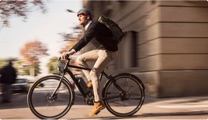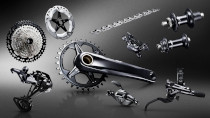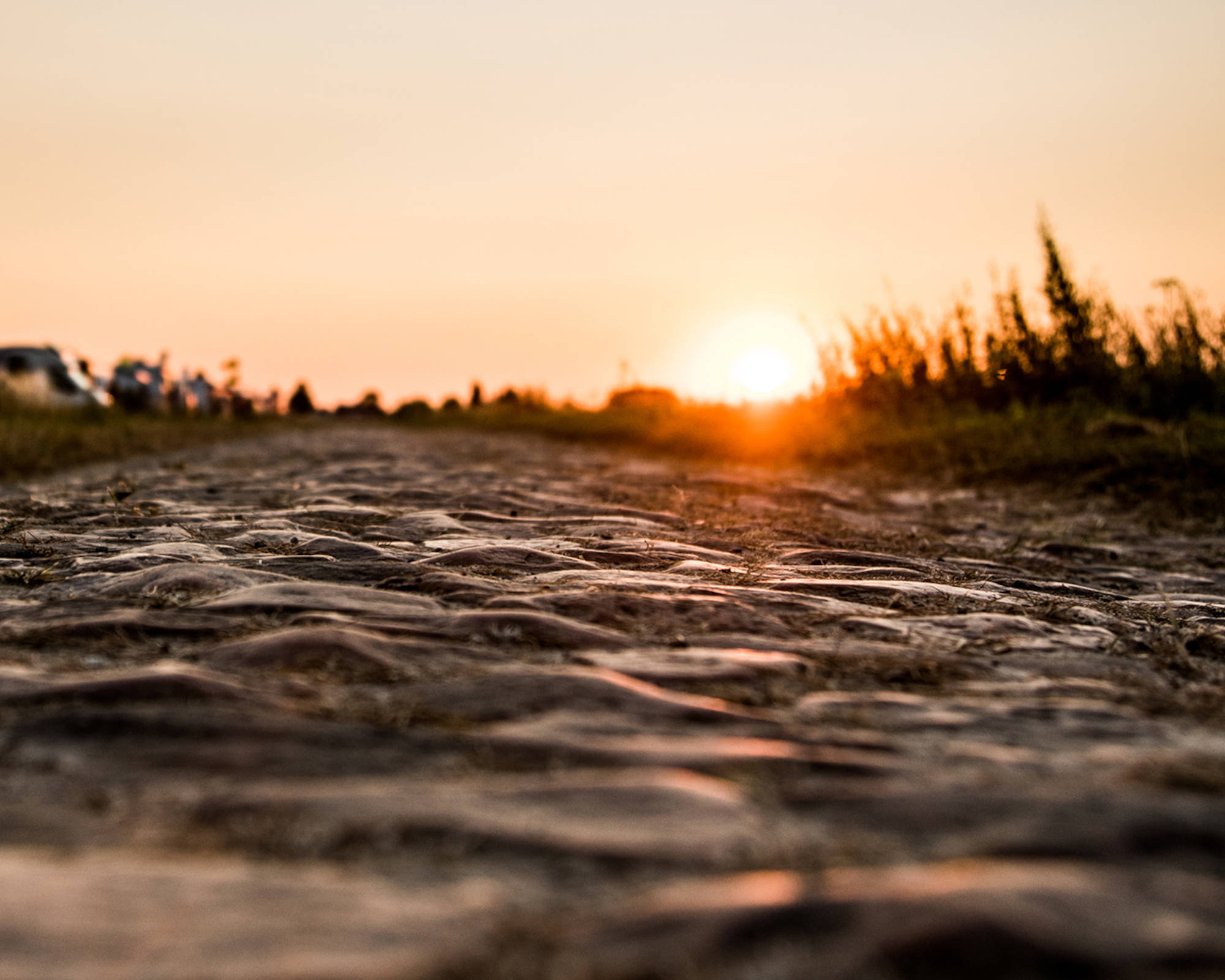How to pick the right tire pressure for road and off-road riding
The open road is calling your name. But before you hop on your bike and start your next ride, give your bike a once-over and check your tires to ensure they’re at your preferred pressure for the upcoming route and chosen terrain. A simple squeeze between the thumb and forefinger can suffice for some folks, but many of us like to be more precise and use a pressure gauge or pump to check the pressure.
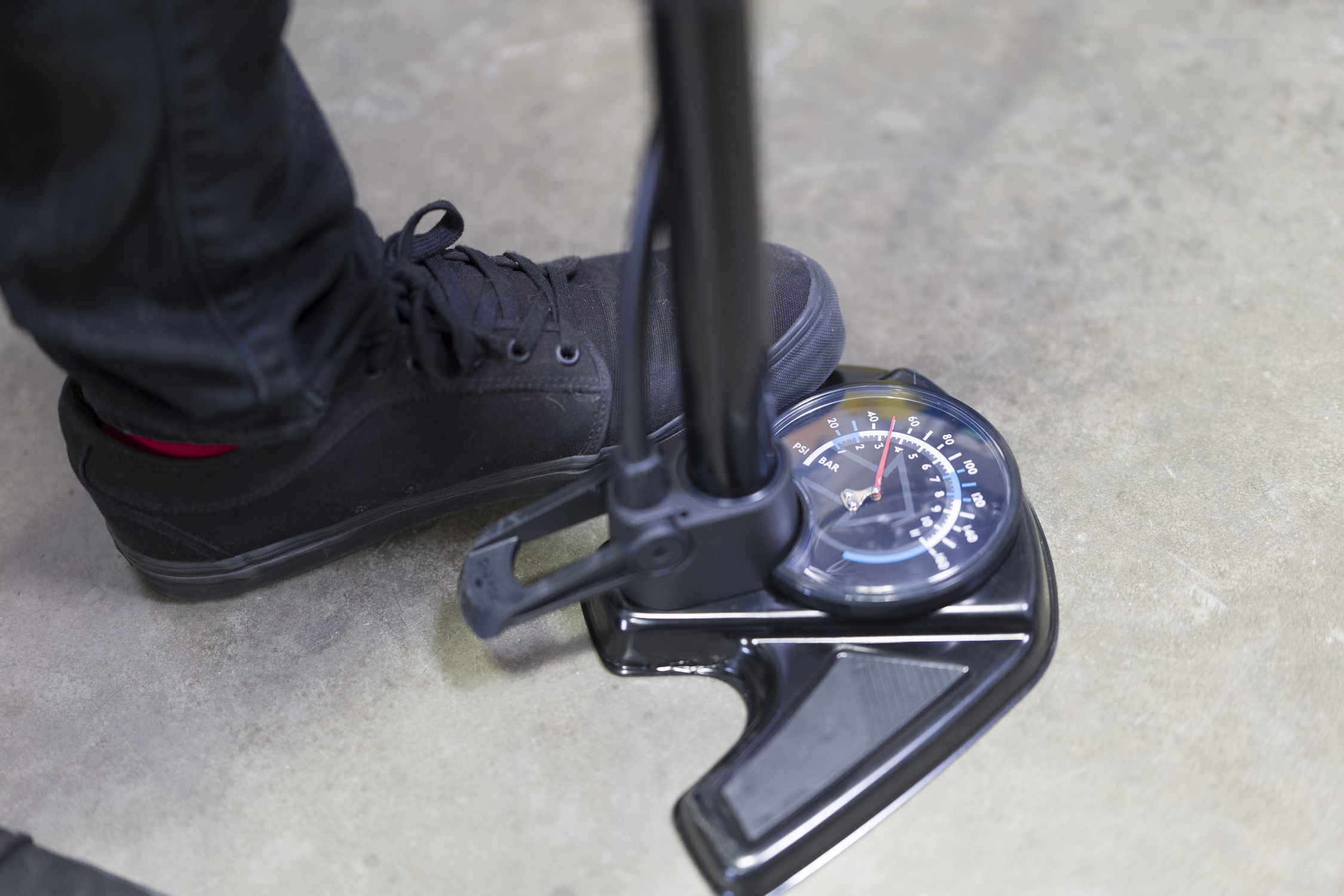
Many factors go into determining the right pressure for you and your ride, including what types of roads you'll be riding, what tires are mounted on your wheels, how much you weigh, and what weather conditions you might find yourself in. While tire pressure is a highly personal decision, here are some tips to consider when pumping your tires and preparing for your next ride.
Pressure for Road Riding
Determining the proper PSI (pounds per square inch - the unit often used to measure pressure in North America) for road riding is typically more straightforward than for off-road riding. Start by finding the pressure specification on the sidewall of your road tires. All tires should have a range listed, something along the lines of "Inflate to 75-95 PSI," which will give you a good place to start.
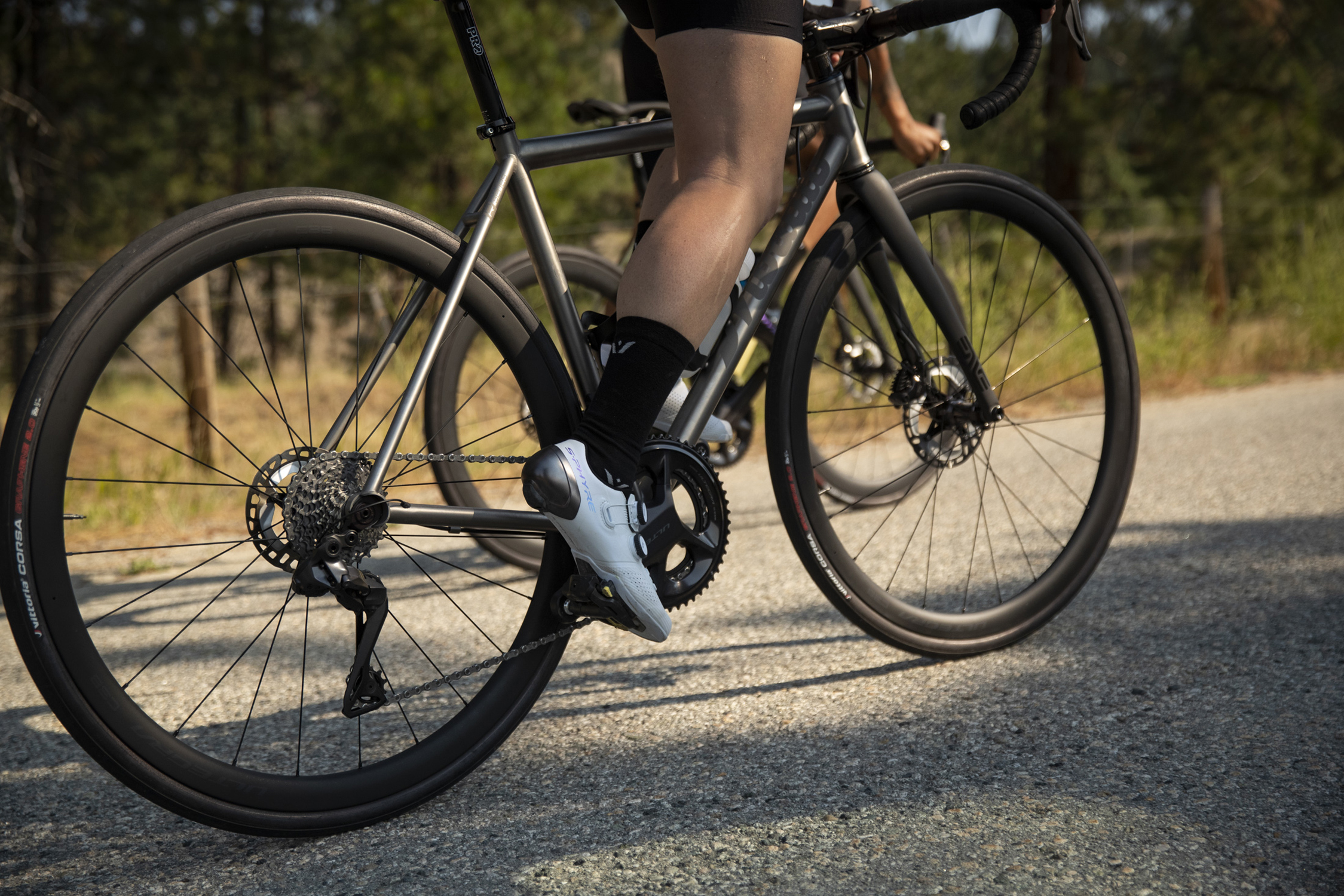
Next, your weight plays a role in determining tire pressure. If you're a heavier rider, try inflating your tires in the upper half of the pressure range printed on the sidewall. This will help you avoid pinch flats along the ride. Likewise, lighter riders can set their tire pressure toward the bottom of the given range. This should offer enough pressure to help prevent pinch flats while also offering a more supple and comfortable ride.
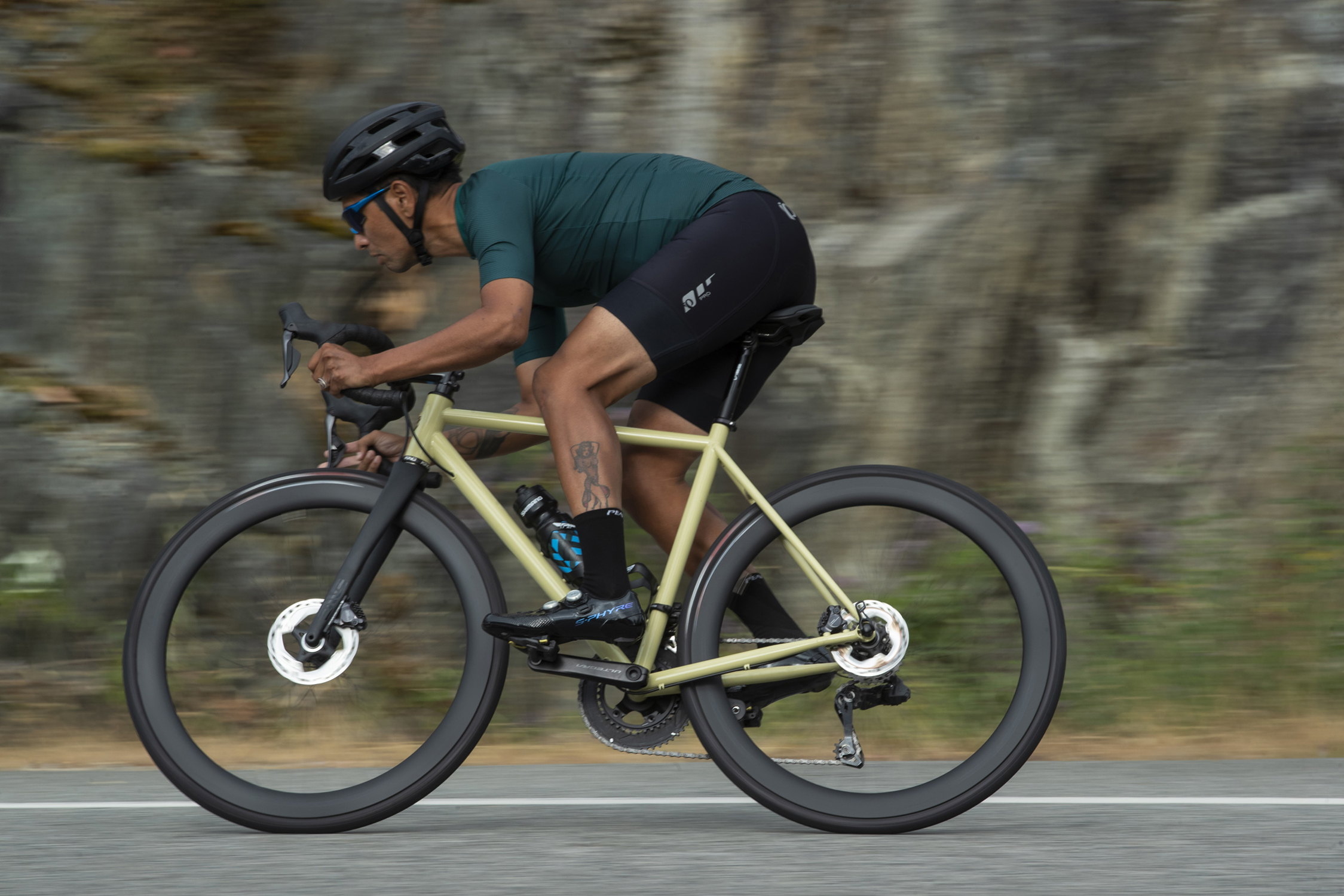
Also, consider that your weight isn’t evenly distributed between the front and rear tires while riding a bike. More weight is located over the rear than the front. Many riders opt to inflate the rear tire 5-10 PSI higher than the front to accommodate this added weight in the back. Conversely, since the front tire's job is to steer and guide your bike while cornering, a little less pressure is welcomed. 5-10 fewer PSI in your front tire means more of its surface area is in contact with the ground, giving you more grip and stability.
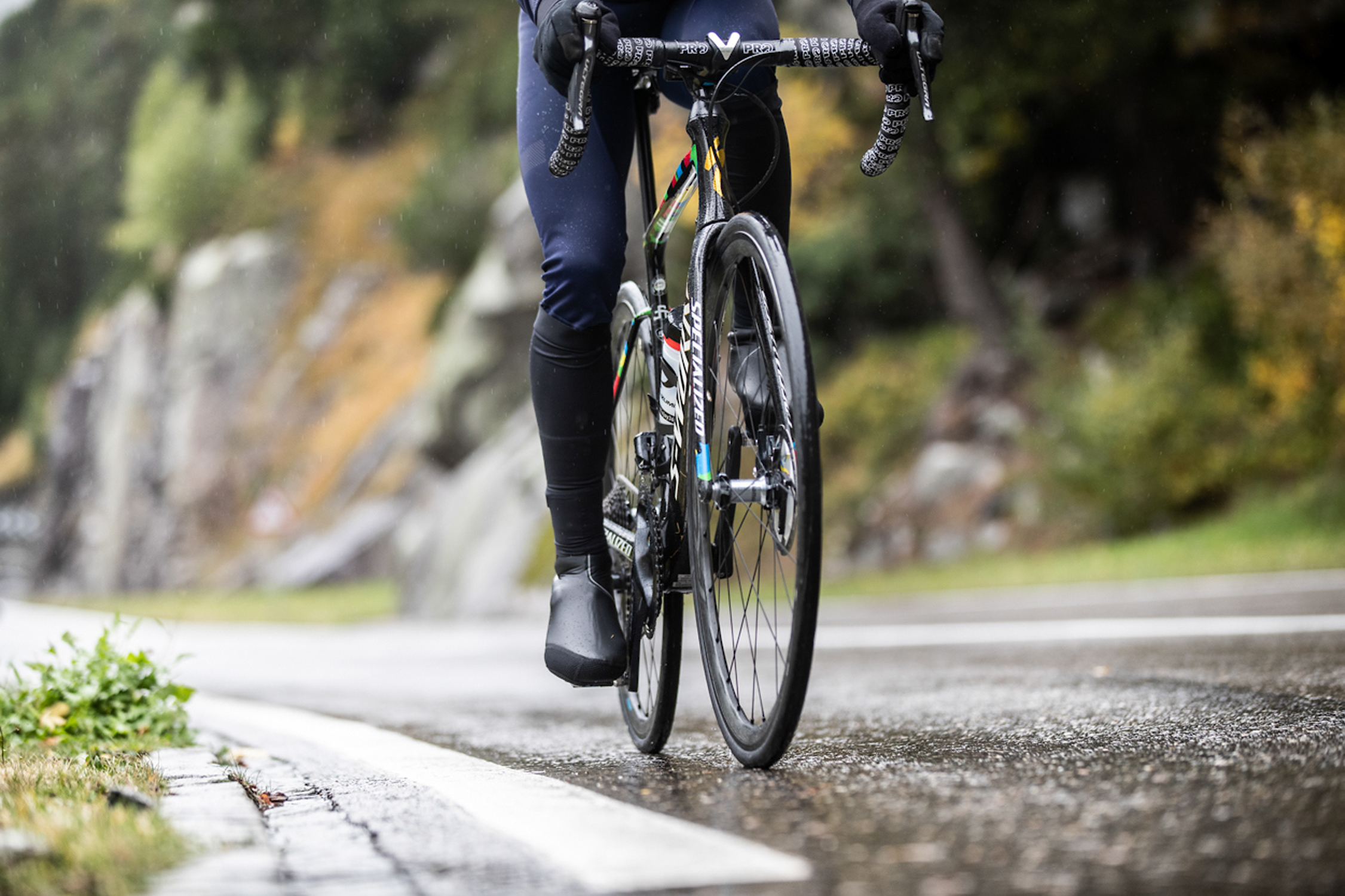
Other variables to consider when deciding on tire pressure include precipitation and the condition of the roads that you’ll be riding. On wet days, it’s a good idea to run slightly lower pressures so you have a broader contact patch with the ground and increased grip. Similarly, if your local roads are in poor shape, a bit lower pressure will help provide a more comfortable ride.
Gravel and Off-Road Tire Pressure
Like setting up your road tires, the first place to start with your off-road setup is checking out the tire's pressure range specified on the sidewall. This range will give you a general idea of where to set your pressure, but since an off-road setup is a bit more nuanced, finding your optimal pressure will likely take a bit of experimentation.
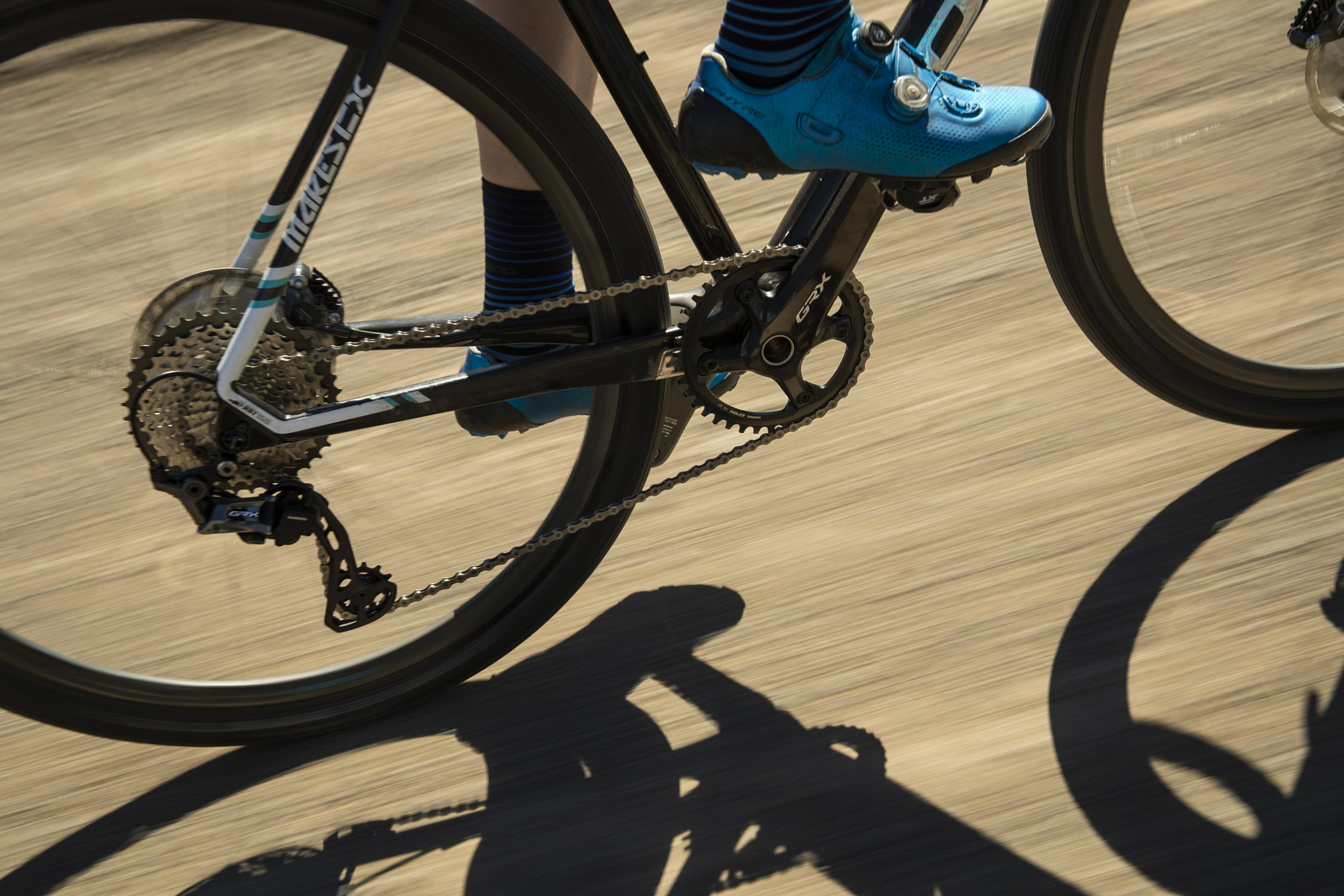
Gravel and mixed-terrain riding offer incredibly diverse conditions, and so tire pressure differs greatly as well. Will you be riding mostly dirt, chunky gravel, or even some singletrack? Is the surface loose, rocky, or hard-packed? Will the road be muddy or sloppy along the way? All of these conditions can factor into what tire pressure is best for you. In general, the deeper the dirt, the looser the rocks, the more technical the road surface, the lower the pressure you want. That is, as long as you’re running a tubeless tire system, which allows for lower pressures without the risk of pinch flats, which is why this system is highly recommended for any off-road riding. If the pressure is too low, you may feel the tire bottoming out on the rim on big impacts, or you may feel the bike squirm under you when cornering. When this happens, add a few PSI to the tires, and ride the terrain again to see what difference your adjustments make.
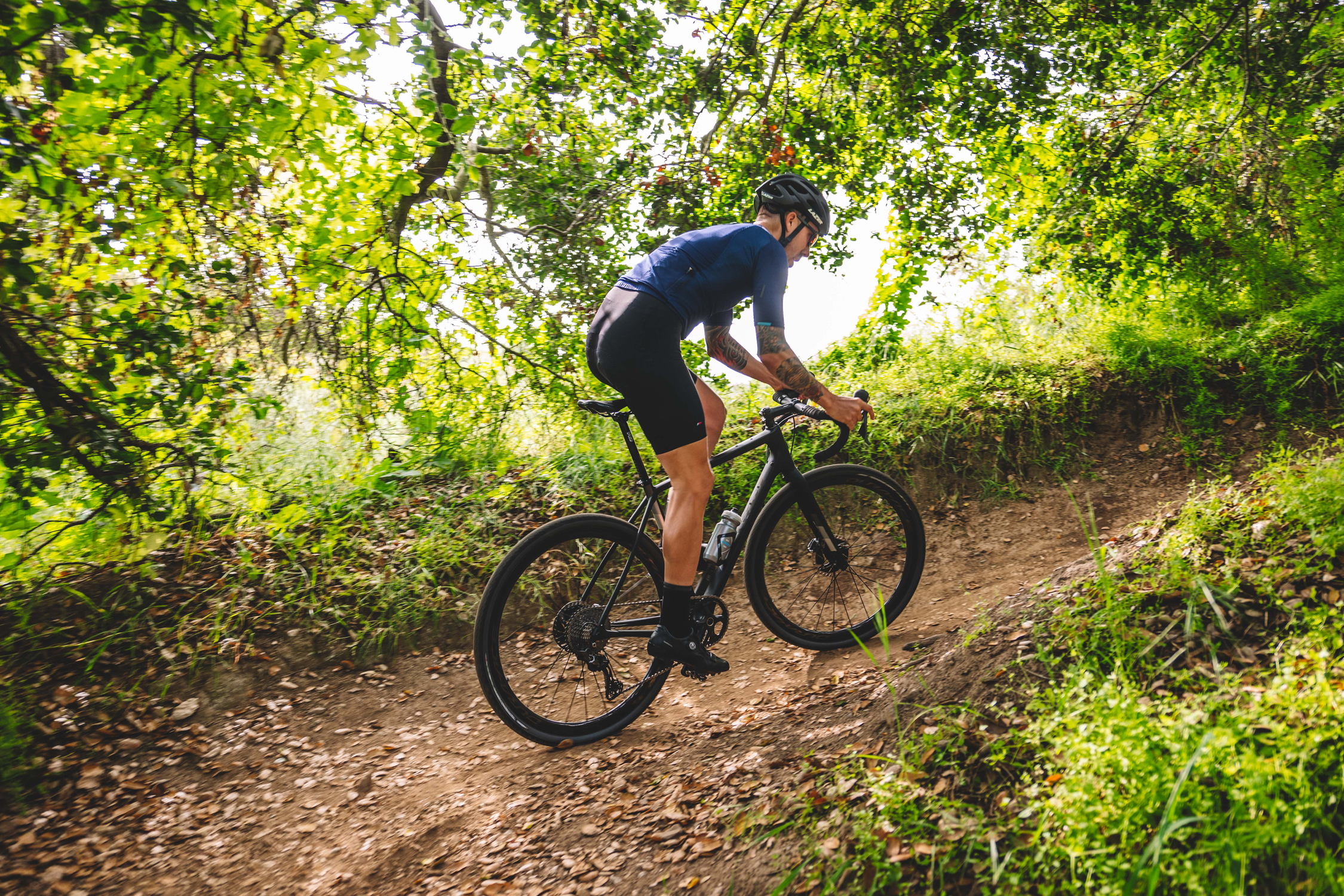
Tire width is another factor to consider when deciding on tire pressure for your off-road setup. Wider tires, though heavier than their narrower counterparts, allow for lower pressures, which help reduce the bumps and jolts of rocky terrain while also improving rolling resistance in many cases. This is a hot topic across the gravel and off-road community, so do some experimentation with your own setup and see what feels best and rolls the fastest on your specific tires.
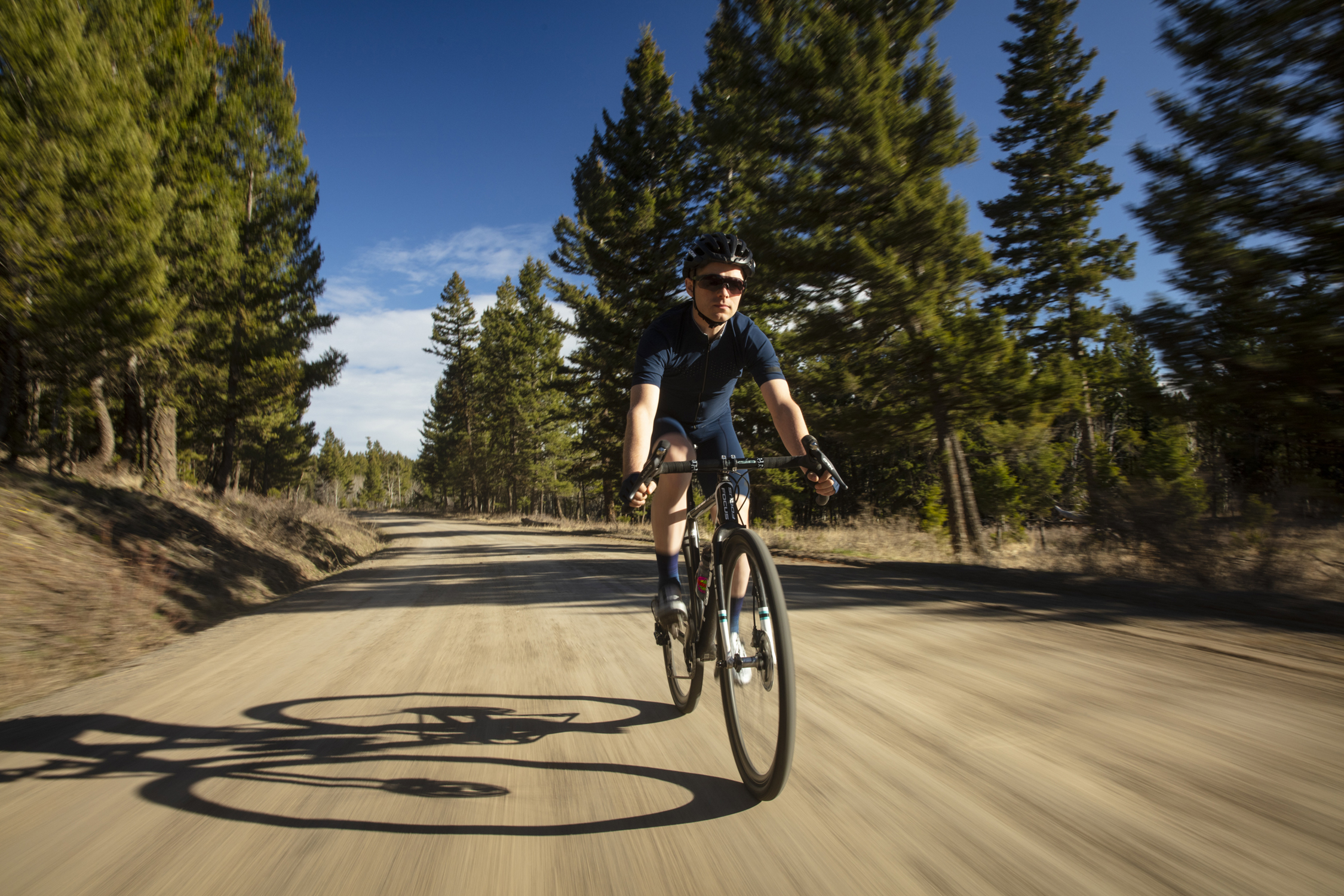
Other details like tread pattern, casing construction, and personal comfort with running lower pressures can play an important role in deciding what pressure works best for you. There's no one answer, so give some different pressures a try and see what you like best. Here's a quick guide provided by Nick Legan, Shimano Road Brand Manager and author of Gravel Cycling, to get you started with your gravel tire pressure setup.
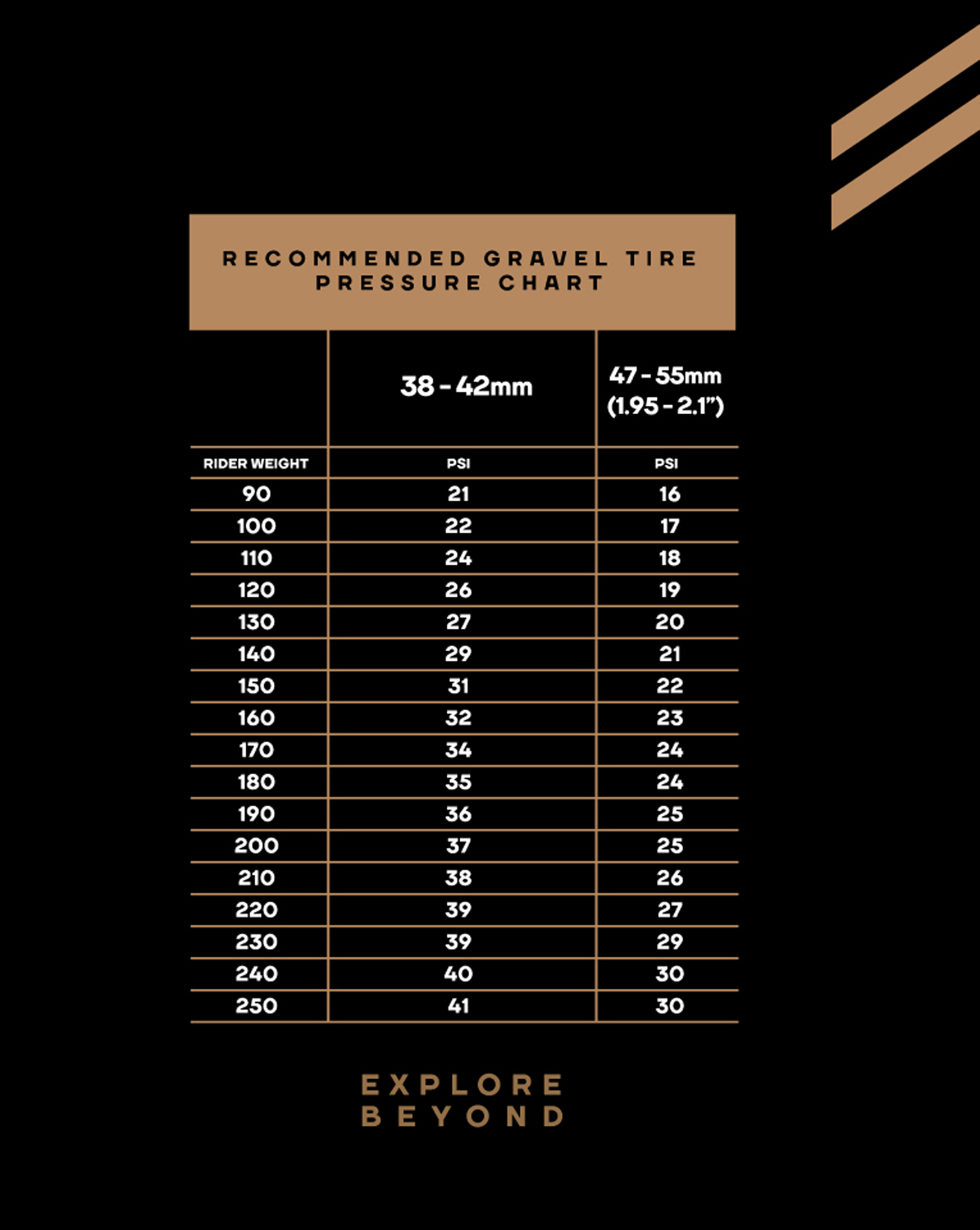
Whether riding on smooth tarmac or bumpy gravel, the right tire pressure can make you feel faster, more comfortable, and more confident on the bike. Take the time before your ride to set up your bike and tire pressures for the road conditions and terrain you'll encounter, and don't be afraid to experiment with different pressures. Maybe even consider bringing a mini pump with you so you can adjust pressure along the way until you find what feels right for you.


